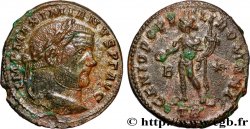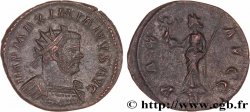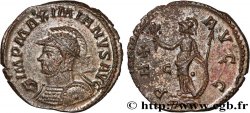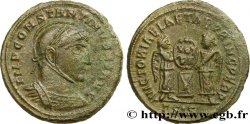brm_475789 - MAXIMIANUS HERCULIUS Aurelianus
Not available.
Item sold on our e-shop (2022)
Price : 80.00 €
Item sold on our e-shop (2022)
Price : 80.00 €
Type : Aurelianus
Date: automne 287 - automne 289
Date: 287-289
Mint name / Town : Lyon
Metal : billon
Millesimal fineness : 50 ‰
Diameter : 21 mm
Orientation dies : 12 h.
Weight : 4,02 g.
Rarity : R1
Officine: 2e
Coments on the condition:
Magnifique monnaie au droit de toute beauté. Argenture particulièrement épaisse et largement présente. La monnaie a conservé son coupant d’origine
Catalogue references :
Predigree :
Exemplaire provenant de la collection AJRR et de la vente 5, n°409 de Monnaies d’Antan
Obverse
Obverse legend : IMP C MAXIMIANVS P F AVG.
Obverse description : Buste radié, drapé et cuirassé de Maximien Hercule à droite, vu de trois quarts en avant (A).
Obverse translation : “Imperator Cæsar Maximianus Pius Felix Augustus”, (L’empereur césar Maximien pieux heureux auguste).
Reverse
Reverse legend : HERCVLI INVICTO AVGG/ S|-// -.
Reverse description : Hercule nu debout à gauche, tenant un globe nicéphore de la main droite et la léonté enroulée autour du bras gauche, s'appuyant sur sa massue.
Reverse translation : “Herculi Invicto Augustorum”, (À l’Hercule invincible des augustes).
Commentary
Avec l’intégralité de son argenture superficielle. Rubans de type 3 aux extrémités bouletées. Ptéryges fines sous le paludamentum.
With all of its surface silvering. Type 3 ribbons with pelleted ends. Fine pteryges under the paludamentum
With all of its surface silvering. Type 3 ribbons with pelleted ends. Fine pteryges under the paludamentum







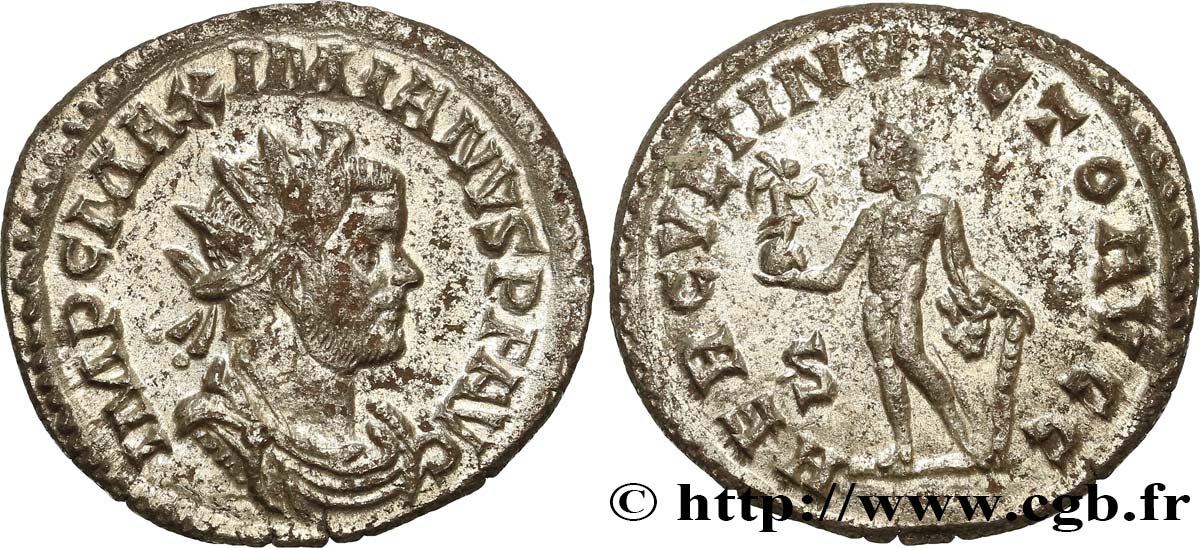
 Report a mistake
Report a mistake Print the page
Print the page Share my selection
Share my selection Ask a question
Ask a question Consign / sell
Consign / sell
 Full data
Full data
